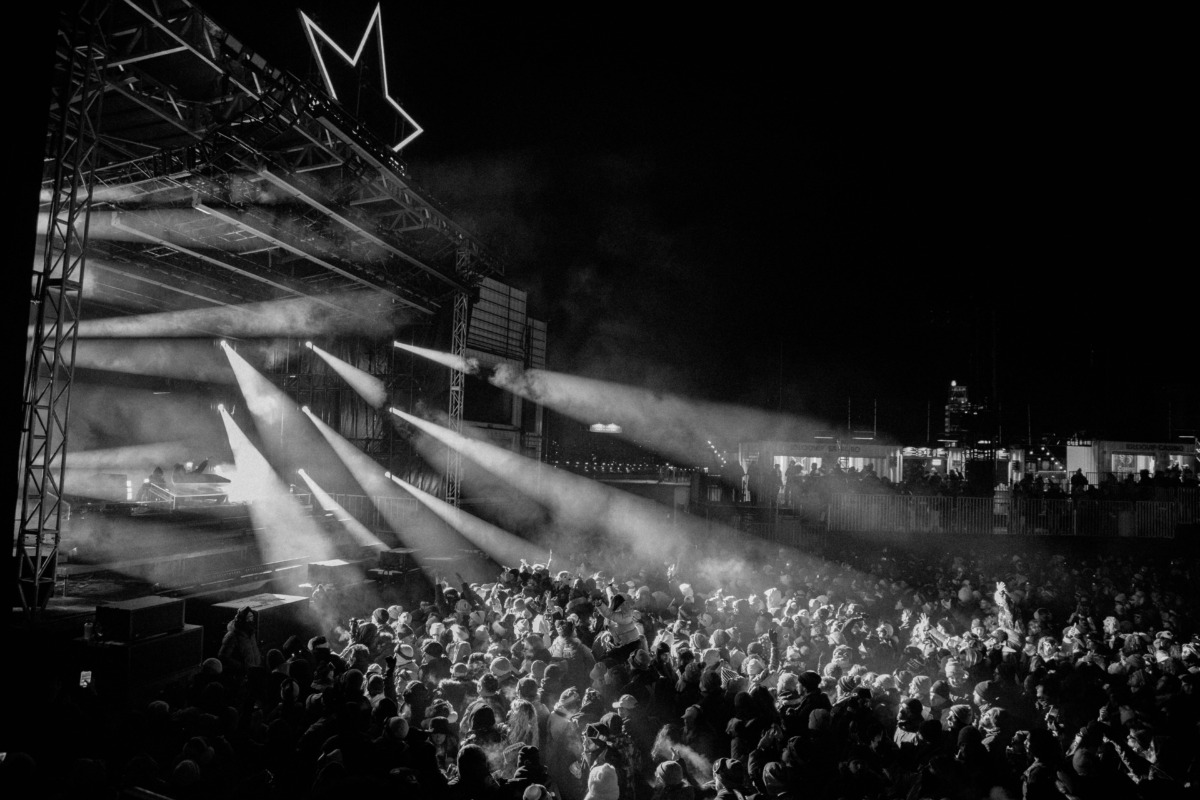Many popular manga are adapted into anime while chapters are being published. Demon Slayer famously boosted manga sales right as the shonen title reached its final stretch. Some manga border so close to their anime’s release schedule window that the anime needs to produce filler arcs to allow the manga time to run ahead. For many anime fans, finishing an anime season leaves the door open to catch up with the manga.
However, some anime adaptations come years -- even decades -- following the completion of their manga. Parasyte, Banana Fish, Vinland Saga, JoJo’s Bizarre Adventure, and many others were adapted into anime long after their initial runs. One of Netflix’s most popular anime, Devilman Crybaby, is an adaptation of a title from the 70s. Phoenix, the famously unfinished manga from Osama Tezuka that ran between the 60s and 80s, was adapted in 2004. Why did it take so long for these titles to get anime adaptations?
Genuine Uncertainty
The reality is that it's impossible to determine a single reason why every anime that takes a while to be given an anime is properly adapted. Often, there are troubles and difficulties behind the scenes that delay projects and adaptations. JoJo's Bizarre Adventure famously had an anime movie that was almost released, but which was shelved and never distributed due to it being absolutely horrible.
Therefore, the following reasons are theories as to why some anime have never had further adaptations rather than being all-encompassing descriptions. These are simply the two biggest reasons why some manga just have trouble making it to the big screen.
The Popularity Problem
Many anime are adapted in order to either capitalize on the manga’s recent success or advertise the ongoing manga. Demon Slayer very famously popularized its manga to the point where it briefly overtook One Piece as Shonen Jump’s best-selling title. However, for many manga -- especially ones with mature themes -- there’s little point in marketing to a broader viewership because the audience is incredibly niche.
Devilman is an odd inverse of this. The original manga received multiple anime adaptations but for many years, its most popular iteration in Japan was a child-friendly series from the 70s. Western audiences might have been introduced to the title via the 90s’ gory OVAs, but these adaptations capitalized on nostalgia established by the original series and original manga, not as a means to promote the manga, as is more often the case. Even then, Devilman Crybaby helped bring the Devilman manga into a new phase of popularity, especially among Western audiences.
Compare that to Banana Fish, an adult series about crime, violence and homosexuality. While the manga sold 12 million volumes, many television stations likely didn't want to take a risk on such a mature property. Banana Fish was only adapted as a part of manga creator Akimi Yoshida's fortieth anniversary as a manga creator. Many manga are adapted as a result of legacy adaptations but aren't adapted until the mainstream culture of television stations and audiences are more receptive to the more controversial elements -- in this case, overt homosexuality and sexual assault on mainstream television.
Censorship at the Time of Release
Many of these anime that received later adaptations had two core issues: either the animation would be too difficult to recreate without an appropriate budget or television standards at the time of release would have kept it from being a mainstream hit. Shows like Interspecies Reviewers encountered heavy censorship upon release. How, then, would the censors react to seeing the violence in Devilman adapted to television?
The OVA boom helped mitigate this by providing anime that were spared going through the censorship system. This is why some anime, like Devilman and JoJo’s Bizarre Adventure, saw brief OVA adaptations in the 90s. However, these often received lower budgets and usually only adapted a small chunk of a larger story. By this logic, Banana Fish, which depicted far more taboo subjects, would have been cheaply adapted as an OVA that could not tell the whole story. A show like Parasyte, which would require a higher budget to animate all that body horror and a long length to tell the full story, would not work as a brief OVA in the same way it does as a full-length series.
It is for this very simple reason that plenty of successful manga received anime adaptations many years later; they had a niche audience that could not be marketed to via mainstream anime television. However, as time passed and higher budgets have been issued to more mature works, this problem has been mitigated to at least some degree.
About The Author

